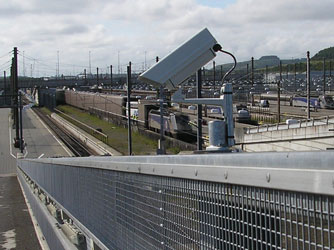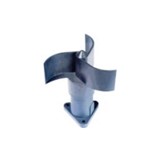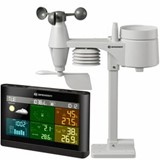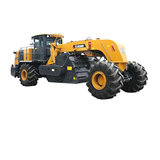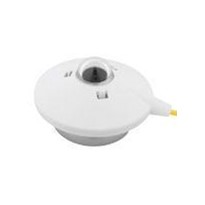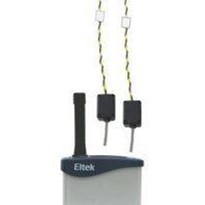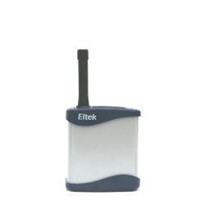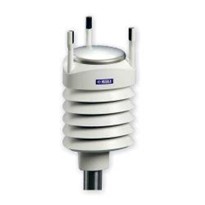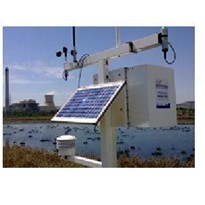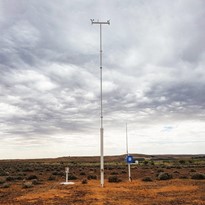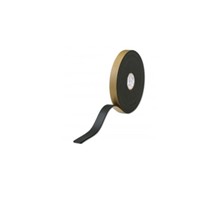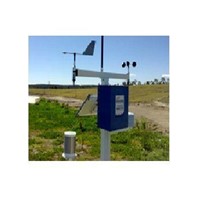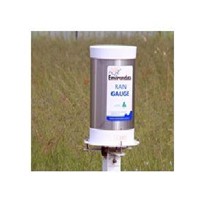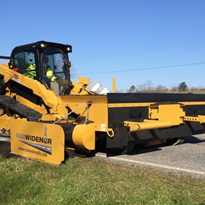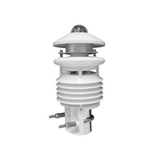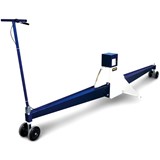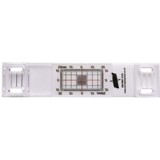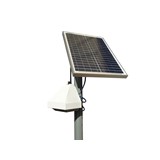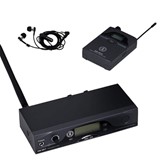The Channel Tunnel, owned and managed by Eurotunnel PLC, is a rail link connecting the UK to mainland Europe. The three 50 Km tunnels have a 38Km undersea section which is the longest in the world. The tunnel is listed as one of the 'Seven Wonders of the Modern World' by ASCE (American Society of Civil Engineers). Weather monitoring has an important role to play in the safe operation of the facility.
At each end of the tunnel are sites with miles of roads, various bridges and some fairly steep ramps running down to the platforms where vehicles are loaded on and off the trains. During adverse weather some of these areas need to be gritted and weather warnings need to be displayed. A network of three road weather outstations at each site displays met data in each control centre to allow management decisions to be based on current weather conditions.
This original road weather information system (RWIS), in place for around 15 years, was in need of replacement due to computer obsolescence and the increasing maintenance requirements of keeping an old system functioning effectively.
Rather than simply replacing the system on a like-for like basis Eurotunnel considered what improvements could be made before putting the contract out to tender. One specific area highlighted for improvement was the display, as the current system’s output was not well liked by operators and weather information was sometimes under-utilised.
The contract was awarded to Campbell Scientific whose proposal included an initial thermal mapping of both sites (provided by weather service provider WSI) to identify which specific site locations should be monitored.
Hardware installed included six fully specified road weather outstations, a PWS100 present weather and visibility sensor at each site and additional sensors such as the IRS21 embedded road surface sensor, IR120 infra-red contactless road temperature sensors and additional wind and temperature sensors. The present weather sensor enables operators to identify what type of precipitation is falling (snow, rain, drizzle etc.) and also provides a visibility reading for fog warning.
The contract included installation, training and ongoing maintenance of the system. All the sensors are measured by Campbell Scientific's CR1000 or CR800 data loggers, which in turn pass data to a dedicated server at each site via a variety of communications methods including RF radio. The two servers talk to each other through a private IP connection so that data from each site can be displayed in both control centres.
Custom display screens were created to present data on multiple user's screens in a clear and user friendly format in accordance with Eurotunnel's specification. This customisation was achieved using Campbell Scientific’s Loggernet Admin, RTMC Pro and RTMC RT software.


